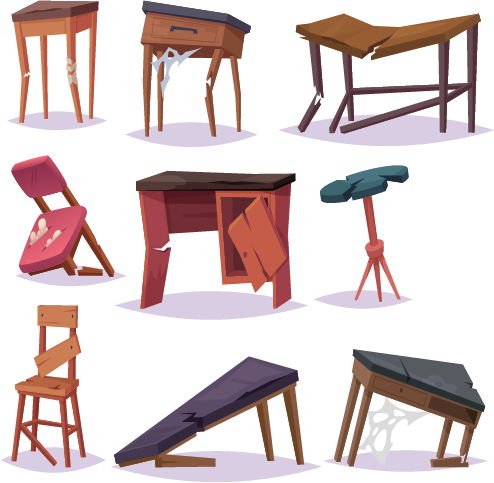Y4. Lesson 11. Practise low ti
Prior learning: None
Duration: 30 minutes
Materials: Woodblocks or claves
Keywords: Beat, rhythm, singing, chanting, partners, rhymes, circle games.
Difficulty: ![]()
Prepare
tam-ti
Present
Practise
low ti
- Students are seated and attentive.
- Sing Good Morning to the class, starting with three pitches.
- The class will echo sing in response.
- Choose a student and sing another series of pitches, who should then sing them back solo.
- Repeat this with as many students as possible and note intervals as time permits.
 Melodic development
Melodic development
![]() Students discover low ti in a known classroom song and prepare for rhythm syllable tam-ti.
Students discover low ti in a known classroom song and prepare for rhythm syllable tam-ti.
- Lead the class in singing the first half of the song.
- The first three pitches of the song are low la, low ti and do.
- Sing the first three pitches using a neutral syllable, such as loo. The class should repeat after you.
- Ask if the song begins on low la - what is the next pitch? [low ti]
- What is the third pitch?
- Sing the solfa, and the class should repeat.
- Use hand signs if they are used in your teaching method.
- Sing the second measure in solfa [do, re, mi]
- Ask the name given to the adjacent five pitches of this song [la pentachord].
- If low la is 1, what is the number of low ti? [2]
- Ask the pattern of whole and half steps in the la pentachord [whole, half, whole, whole]
 Rhythmic development
Rhythmic development
![]() Students learn a new song, which prepares the rhythm syllable tam-ti.
Students learn a new song, which prepares the rhythm syllable tam-ti.
- Sing the song to the class.
- Have students copy each line until secure.
- The class should sing and clap the beat.
- Draw attention to the first two measures.
- Ask which words do not sit exactly on a beat [the word 'to"].
- The first two notes are over two beats, but the second word ['to'] happens after the second beat but before the third beat.

 Game
Game
![]() Students have fun with elements of rhythm practice, teamwork, and a bit of friendly competition.
Students have fun with elements of rhythm practice, teamwork, and a bit of friendly competition.
- Divide the class into teams of 4-6 students.
- Place a set of rhythm cards at one end of the room.
- At the opposite end, each team lines up.
- The first student in each team runs to the set of rhythm cards, picks one, and memorises the rhythm pattern.
- They run back to their team and clap or play the rhythm on a percussion instrument.
- The team members must replicate the rhythm together. Once they do so correctly, the next team member runs to get the next card.
- The relay continues until all cards have been collected and performed.
- The first team to successfully clap and replicate all rhythms wins. However, you can also make it non-competitive by focusing on accuracy rather than speed.
 Listening
Listening
![]() Students listen and determine whether the track is a pentatonic or pentachord.
Students listen and determine whether the track is a pentatonic or pentachord.
- This exercise is excellent for hearing the difference between a pentachord and a pentatonic.
- Play the first track.
- Ask how many notes are heard.
- Ask if all the notes are adjacent.
- If they are adjacent, and the first note is do, what is the name of the scale [do pentachord].
- Repeat with the next track. How many notes? [5]
- Are all the notes adjacent? [no]. If the first note is do, what is the name of the scale? [do pentatonic].
- The third track is a la pentachord.
- The fourth track is a la pentatonic.
 Visual learning
Visual learning
![]() Students write the missing solfa letters.
Students write the missing solfa letters.
- Print the worksheets and distribute them to the class.
- Students will trace and fill in the notes.
- Students will name the missing solfa letters, where d=do.
 Instruments
Instruments
![]() Students
Students
 Part work
Part work
![]() Students sing a classic song in canon.
Students sing a classic song in canon.
- Divide the class into two or three groups.
- Lead the whole class in singing the first verse of the song.
- The first group will begin the song.
- The second group will commence singing on measure two.
- If a third group is available, they will sing on measure three.
 Assess
Assess
Suggested lessons
Y1. Beat II

Y1. Beat III

Y1. Beat IV

